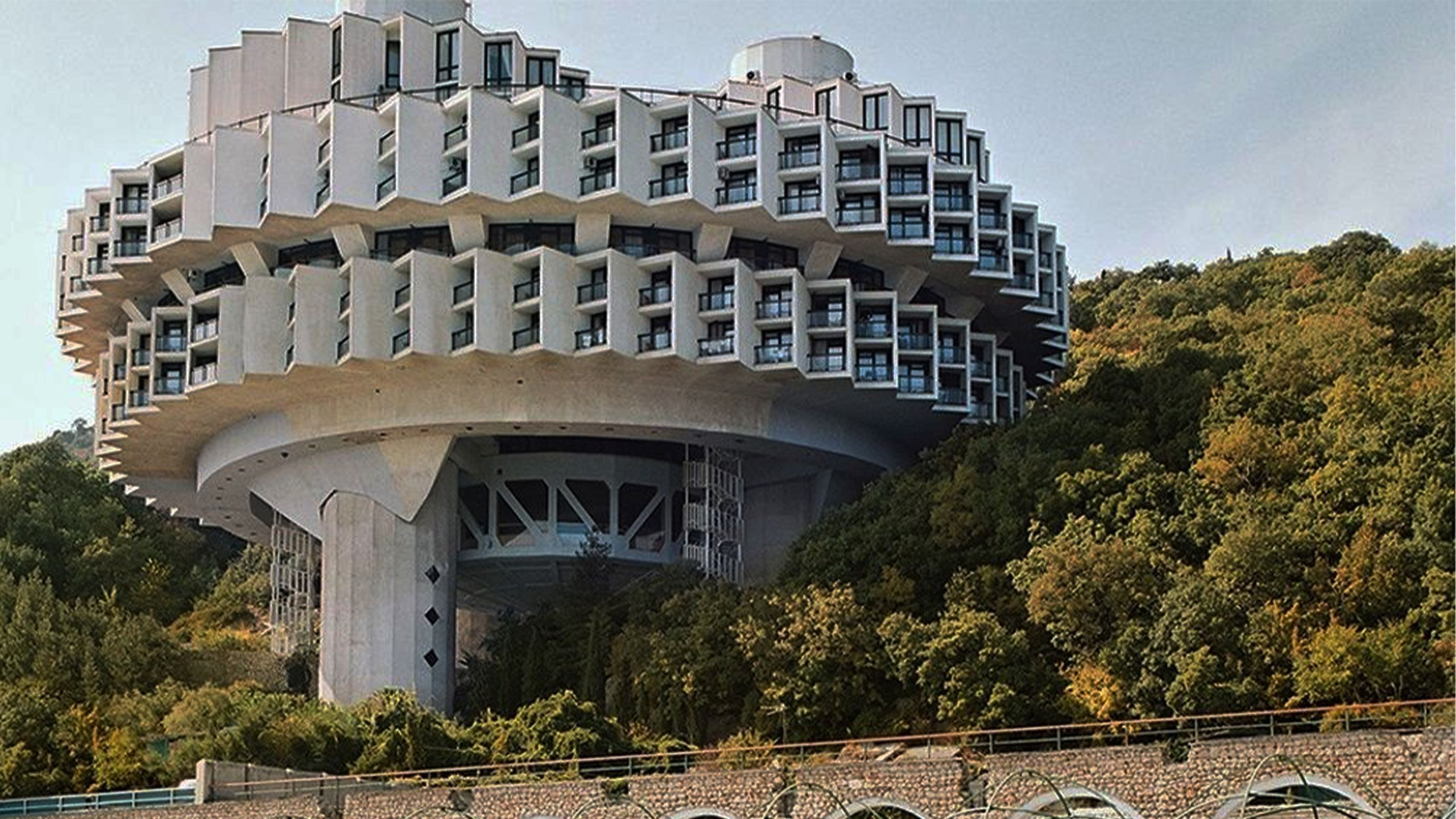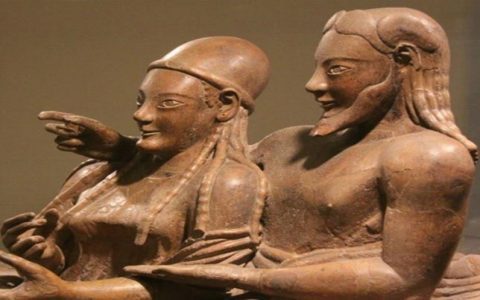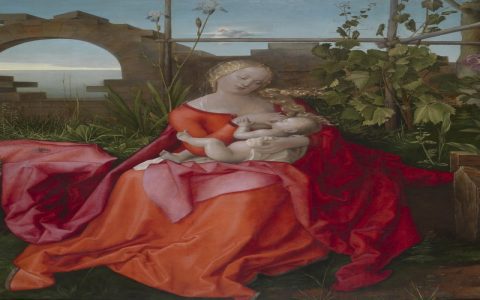Okay so last Tuesday I got this question in a comment: what exactly is Russian brutalism? Honestly I didn’t know much, just those big concrete blocks I kinda associated with old government buildings. Felt like I should actually look into it properly. Started simple.
My Deep Dive Began With Google (Obviously)
Typed in "brutalism russia origins." Big surprise – tons of those massive, kinda grim concrete structures popping up. Some looked like giant fortresses, others like stacked boxes. Got curious – why did they build like this? Who started it?
Here’s what I learned digging through articles and forums:

- It wasn't even Russia's idea first. The roots are French – "béton brut" just means "raw concrete." Le Corbusier, some famous architect dude, used it a lot. Seemed cheap, strong, honest.
- The Soviets LOVED this idea. Perfect fit! After the huge mess of World War 2, you needed fast, cheap housing for millions. Concrete? Check. Simple geometric shapes? Check. Forget fancy decorations, just pour it fast. Speed was king.
- This wasn’t just houses though. Oh no. City halls, research institutes, bus stops – everything got the concrete treatment. It felt massive, permanent, serious. Like the state wanted to look powerful and unshakeable.
- Funny thing – it’s called "Russian" brutalism, but you see it everywhere from Ukraine to Kazakhstan. The whole Soviet bloc went wild for it.
- The style? Honestly, it’s… in your face. Huge walls, rough surfaces where you can see the wood grain from the molds ("shuttering marks"), sharp angles. Often repetitive shapes stacked up. Makes you feel tiny standing next to it.
My "Aha!" Moment & Some Thoughts
Looking at pictures, one clicked for me. It was this massive housing complex in Moscow, looked like a giant concrete wave. Suddenly got why they did it. After losing so much in the war, these buildings screamed "WE ARE REBUILDING!" Big, strong, impossible to ignore. Cheap materials used plainly made sense. It felt like the style perfectly matched that post-war, communist vibe – practical, no-nonsense, collective. No one man should stand out, just the whole structure.
But man, I gotta say… even understanding the why, many of these buildings feel cold to me. Just overwhelming gray concrete. Maybe it was the climate, maybe the intention, but they lack… warmth. Still thinking about it.












